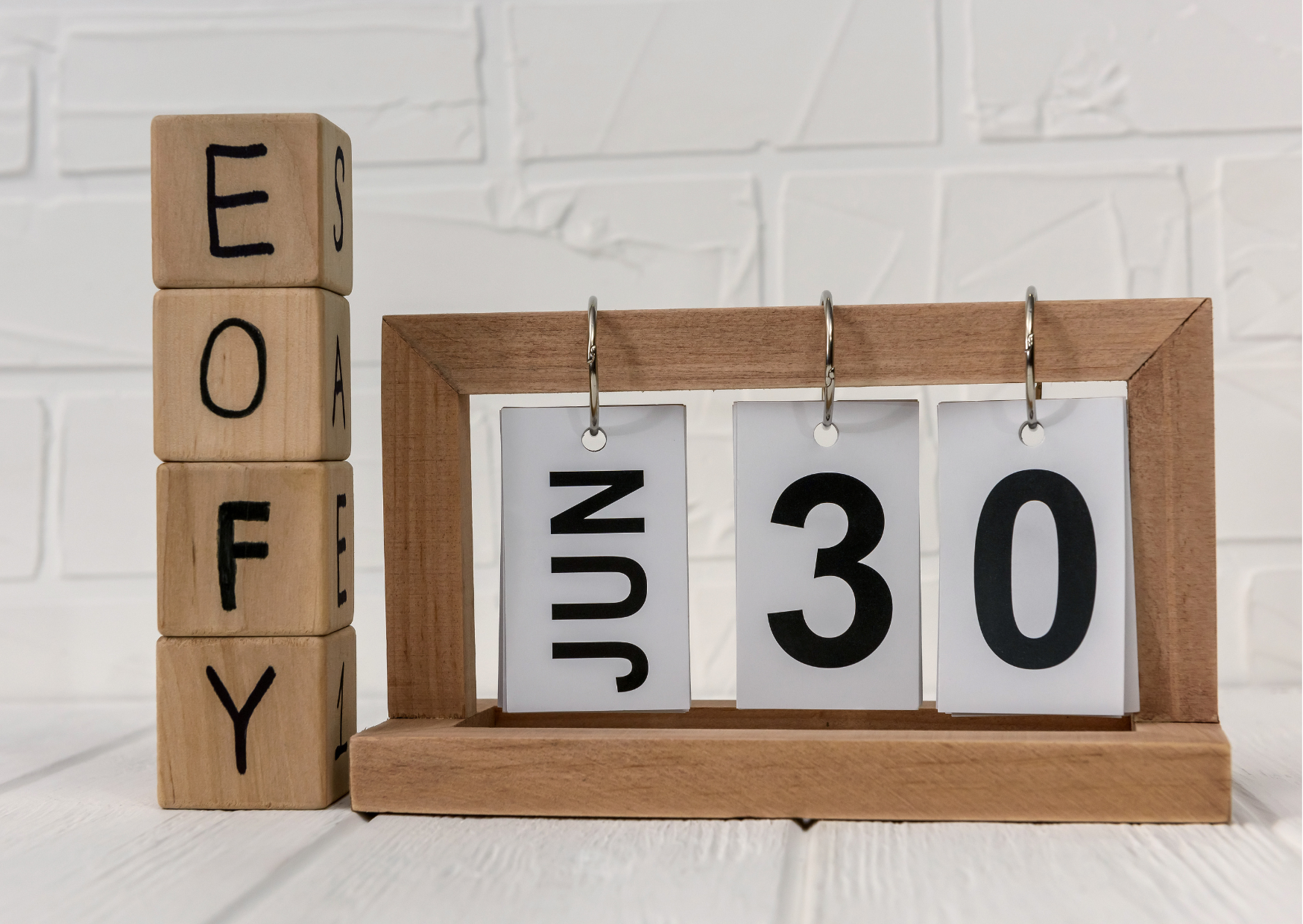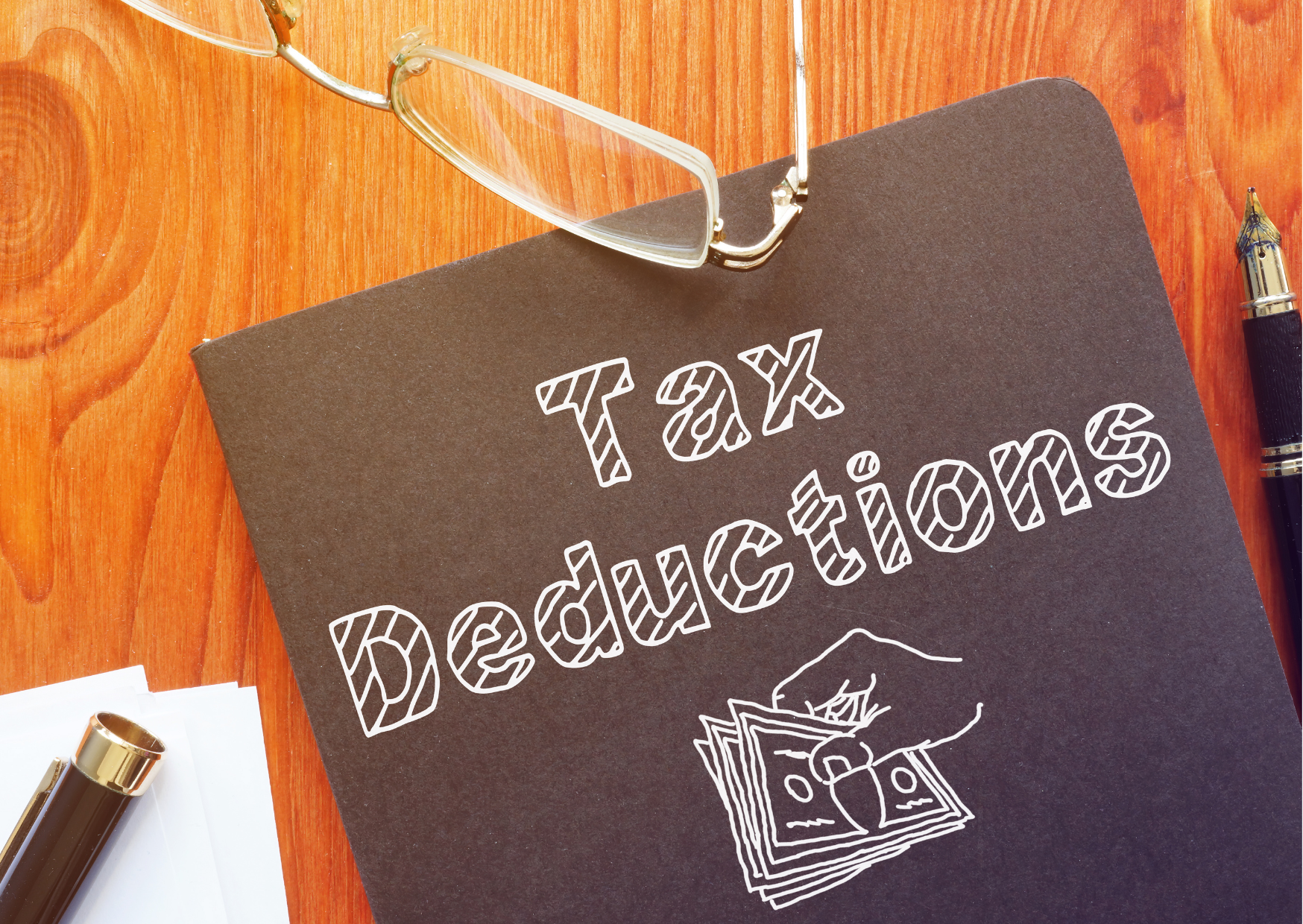2020 Federal Budget
By Gillian Hayward
Top measures released in the Government’s 2020 Budget that may affect you and your business.
Instant Asset Write-Off
-
Businesses with aggregated annual turnover of less than $5 billion will be able to immediately deduct the full cost of new depreciable
assets and improvements to existing depreciable assets acquired from the 6th October 2020 and first installed ready for use by
the 30th June 2022
- Unlimited cap on the cost of eligible depreciable assets to be immediately deducted (previously $150,000)
- Applies to second hand assets for business with turnover of less than $50 million
-
Small businesses with aggregated turnover of less than $10 million will be able to deduct the balance of their Simplified depreciation pool
at the end of the income year
JobMaker Hiring Credit
- Eligible employers will have access to a JobMaker Hiring credit for each new job they create from 7 October 2020 to 6 October 2021
-
To be eligible, employers must:
- hold an ABN
- be up to date with their tax lodgements
- be registered for PAYGW
- be reporting through Single Touch Payroll
-
The JobMaker credit will be:
- $200 per week for each eligible employee aged 16 to 29
- $100 per week for each employee aged 30 to 35
- An employer cannot claim JobKeeper and JobMaker Hiring Credit at the same time
-
Eligible employees must have worked an average of at least 20 hours per week (averaged over the quarter) and received JobSeeker, Youth
Allowance or Parenting payment for at least one month out of the three months before they commenced employment.
- Further eligibility details regarding head count and payroll details will be released.
- The credit will be claimed quarterly in arrears from the ATO, with claims commencing in February 2021
Apprentice Wage Subsidy
- Will be extended to allow businesses of any size to claim the subsidy
- Eligible businesses that employ apprentices or trainees will receive up to a 50% wage subsidy, up to $7,000 per quarter
- This measure will run from 5 October 2020 to 30 September 2021
Loss Carry Back
-
Tax loss carry back provisions have been reintroduced to allow companies with an aggregated turnover of less than $5 billion to carry back
losses to an earlier income year
-
Carry back losses incurred in the 2020, 2021 and 2022 income years to offset the company’s taxable income in the 2019 or future year
- This will be in the form of a refundable tax offset elected in the company’s 2021 or 2022 tax return
- The tax offset must not cause the company’s franking account to go into deficit
- Company’s that do not elect to carry back their losses will carry them forward as normal
Changes to personal tax rates
Proposed stage 2 tax rate changes scheduled to take place from 1 July 2022 being brought forward to take affect from 1 July 2020;
- Increase in the low income tax offset from $445 to $700
- The 19% tax rate will now apply to income up to $45,000 (previously $37,000)
- The 32.5% tax rate will now apply to income up to $120,000 (previously $90,000)
| Tax rates and income thresholds |
| Tax Rate |
2019-20 |
2020-21 (new) |
From 2024-25
(unchanged)
|
| Nil |
$0 - $18,200 |
$0 - $18,200 |
$0 - $18,200 |
| 19% |
$18,201 - $37,000 |
$18,201 - $45,000 |
$18,201 - $45,000 |
| 30% |
|
|
$45,001 - $200,000 |
| 32.5% |
$37,001 - $90,000 |
$45,001 - $120,000 |
N/A |
| 37% |
$90,001 - $180,000 |
$120,001 - $180,000 |
N/A |
| 45% |
$180,001 + |
$180,001 + |
$200,001 + |
| Low and middle income tax offset (LMITO) |
Up to $1,080 |
Up to $1,080 |
N/A |
| Low income tax offset (LITO) |
Up to $445 |
Up to $700 |
Up to $700 |
Gillian Hayward
Associate



